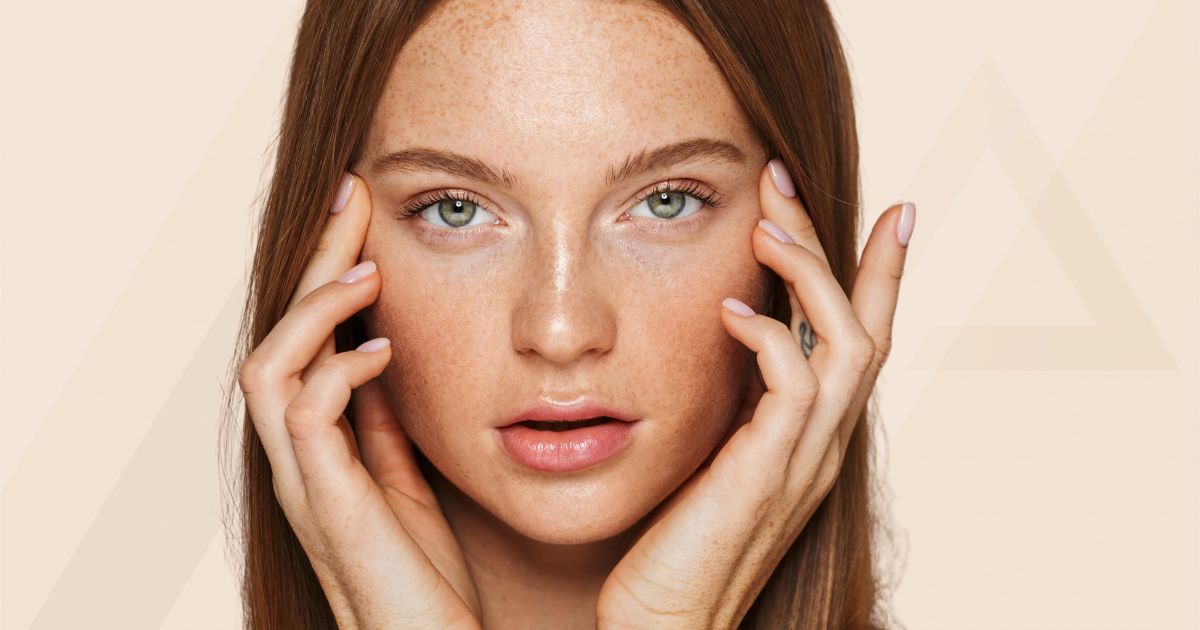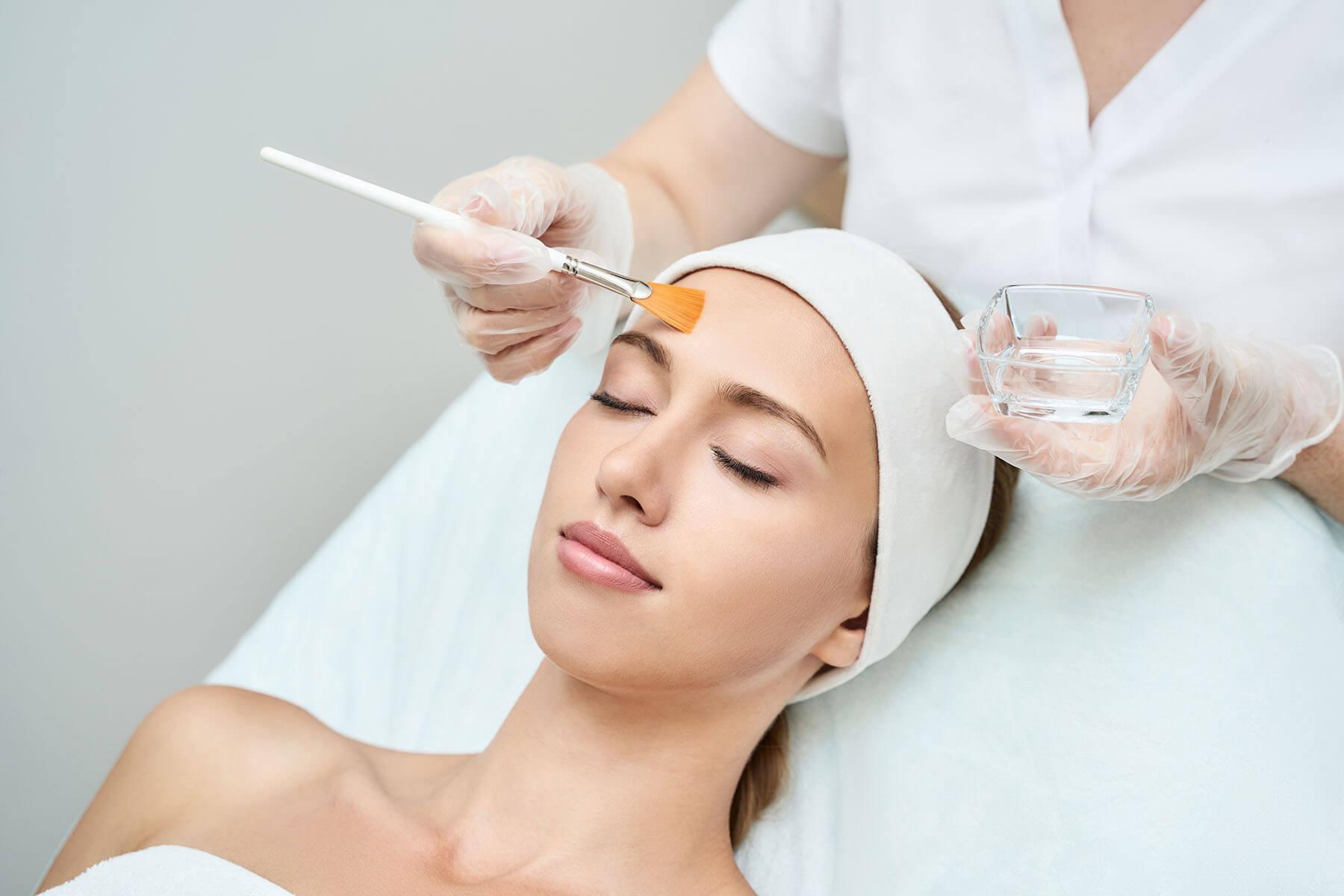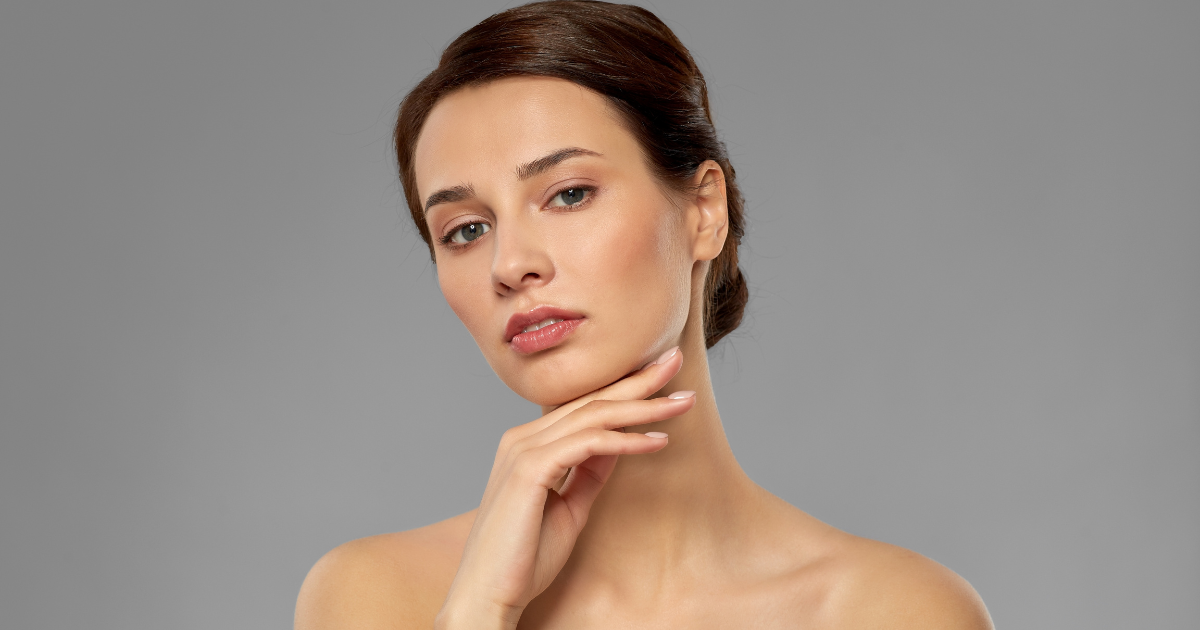
Chemical & Physical Sunscreen: We Tested Popular Sunscreens So You Don’t Have To
Heads up! Our original TikTok account, which went viral with all of the comparison videos, got hacked. But even though the videos are no longer available to watch, we wanted to leave our recommendations here for you. No matter what your skincare routine is, even if you maintain a very simple regimen, it should always include sunscreen. The active ingredients within sunscreen help to filter ultraviolet (UV) rays before they can reach your skin. This helps prevent skin cancer and lessen the signs of aging from sun damage.
Everyone’s skin is different, which naturally makes it harder to find the right sunscreen for you. Don’t worry, we thought of that! Our recommendations extend to acne-prone, sensitive, and oily skin. Plus, we have options for individuals with higher amounts of melanin! Everyone deserves skin protection, after all.
We’ve been busy testing all of your go-to sunscreens under the Skinscope LED to find which ones have the best coverage.
Skinscope LED UV Light Skin Analysis
The Skinscope LED is a diagnostic tool used to understand the condition of your skin. Certain conditions are noticeable by the naked eye, but many others cannot be detected unless they are under UV light.
Analyzing skin conditions and addressing any concerns that the UV light shows help individuals catch problems before they rise to the surface. It’s a fantastic way to stay ahead of the signs of aging.
Using Skinscope LED to Find the Best Sunscreen
The same benefits of Skinscope LED analysis for skin conditions can be extended to understanding which sunscreens work best.
We use UV lights to make it clear just how much coverage each type of sunscreen offers. Why? Because even if you apply sunscreen the same way every time, with the same amount of SPF, you need to know how well it’s actually going on the skin. Different brands contain different formulas.
Our tests are to help you find a product with ingredients that are not harmful and that also fully cover the skin so that you can trust your sunscreen will hold up against the rays of the sun. After all, you want a sunscreen that applies well and stays in place to keep your skin healthy. Trying different products under UV light makes it clear which products you are better off investing in.
Results of Sunscreen Tests: Which Sunscreen is Best?
Both mineral and physical sunscreens provide protection against UV rays, but they use different ingredients to do so. Be sure to look for Broad Spectrum, which covers both of the rays skin is exposed to: UVA and UVB. Also, you’ll want to find the GRASE designation on sunscreen, which is the FDA indicator that a product is generally accepted as safe and effective.
ZO Skin Health Sunscreen
ZO Skin Health sunscreen comes in the form of a powder. It provides strong protection against UV rays and is non-irritating for sensitive skin. After applying the powder sunscreen under a UV light, you can see how evenly Zo Skin Health’s product goes on.
Those who wear makeup enjoy this product because it is both hydrating and serves as a makeup primer. With a self-adjusting tint, ZO Skin Health sunscreen complements many skin tones.
Baby Bum Sunscreen Vs. EltaMD Sunscreen
While Baby Bum does offer some coverage across the face when put to the test, it does not offer enough protection to recommend use. We compared it to EltaMD UV Stick, as both products are chemical-free mineral sunscreens.
With mineral sunscreens, we are looking for an opaque, red layer of coverage under the Skinscope LED analysis. In a side-by-side comparison, EltaMD UV Stick shows significantly more coverage than Baby Bum.
Coppertone Sunscreen Vs. Banana Boat Sunscreen
Coppertone has an evident ‘sunscreen’ smell and might not be the choice for acne-prone skin since it can cause breakouts. Both Coppertone and Banana Boat offer about the same amount of coverage, but the mineral ingredients in Banana Boat do provide slightly better protection. Coppertone has harsher ingredients being a chemical sunscreen.
We recommend staying away from aerosol spray sunscreens as they have been known to clog pores. Plus, aerosol sunscreens can sometimes have contamination that causes benzene to be present. Benzene is a flammable chemical that is not good for your health in the long run.
Neutrogena Sunscreen
If the most important thing to you is great coverage, then Neutrogena Clear Face is a good option. Neutrogena Clear Face does offer a very solid layer of product to combat sun rays, but if you also value good ingredients, you should look for another product.
Some say this product causes burning sensations, while others note a rosacea flare-up if they use it. This sunscreen can be irritating to the skin due to the chemical ingredients, so we do not recommend using it if you have sensitive skin.
Supergoop Sunscreen
A popular request, Supergoop Unseen offers pretty good coverage overall. It is slightly patchy on application but still makes for a quality sunscreen. When wearing sunscreen, you should regularly reapply it every couple of hours, which will help ensure that your face is protected throughout your time in the sun.
The eyelids and lips are areas that you should be applying sunscreen to as often as you do the rest of your face. So, when you’re putting sunscreen on your face, don’t forget to swipe over your lids. For the lips, we went ahead and tried out the Supergoop Play Lip Balm. This lip balm is moisturizing and also offers full coverage with no white cast. A definite yes!
Cerave Sunscreen
With high hopes, we gave Cerave Hydrating Mineral sunscreen a try underneath UV light. Unfortunately, it applies quite oily, and if you use the correct amount of sunscreen, it leaves an intense white cast.
You can see the difference in testing only half of the face – the half with Cerave has a noticeable white tint after application. Plus, the ingredients in this sunscreen are irritating. Overall, this one is a no from us.
SkinBetter SunScreen
Both in person and under UV light, SkinBetter’s sunscreen brought full coverage. It makes the skin look glowy and feel hydrated, which is exactly what you want in sun protection. SkinBetter SunBetter is a 100% mineral sunscreen that keeps your skin safer from both UVA and UVB rays.
When applying any type of sunscreen, using the “bunny ears” method will help you use the right amount if your product comes in lotion form. All you need to do is make the bunny fingers sign with your hand and squeeze a line of sunscreen along your pointer and middle finger. Boom! You’ve got just the right amount.
Difference Between Physical and Chemical Sunscreen
Every company that offers sunblock is going to tell you the good selling points of their product. But how do you know which ones you can trust? Which sunscreen actually protects your skin from damaging UV rays?
The best protection you can find in sunscreen is one that moisturizes, blocks harmful rays, and does not irritate the skin. These types of sunscreens are often medical or pharmaceutical grade rather than the brands you find in stores.
What makes medical-grade sunscreen better than store-bought? The strength of their formulas with the right amount of active ingredients.
Sunscreen Active Ingredients
Every sunscreen on the market with FDA approval is going to have physical (mineral) blockers, chemical blockers, or a combination of the two. While chemical sunscreen ingredients absorb into the skin to create a reaction that protects the skin, mineral sunscreen ingredients reflect UV rays before they get to the skin.
Many chemical sunscreen products are being or have been questioned regarding their safety for use and how well they work. Some individuals have unwanted reactions to chemical sunscreens, which is why mineral is often a better choice. We recommend mineral products for baby sunscreen especially.
You should be cautious when using sunscreen with the following ingredients:
-
Avobenzone
-
Cinoxate
-
Dioxybenzone
-
Ensulizole
-
Homosalate
-
Octinoxate
-
Octisalate
-
Octocrylene
-
Oxybenzone
-
Meradimate
-
Sulisobenzone
-
Padimate
Two ingredients that you want to see in sunscreen are titanium dioxide and zinc oxide. Ingredients that you should avoid altogether are aminobenzoic acid and trolamine salicylate. These have both been shown as neither safe nor effective.
Salt Lake City’s Skin Care Experts
Whether you want to take medical-grade skincare products home for regular use or are eager to treat yourself to premier skin treatments in our luxe facility, Haus of Aesthetics is here. Our licensed aestheticians are highly experienced and have the best training in the state. Get in touch any time for a consultation to discuss your skin care needs and how we can help.
schedule a consultation
"*" indicates required fields
By submitting this form, I consent to be contacted by Haus of Aesthetics via phone, text, email, or mail. Message and data rates may apply. Consent is not a condition of purchase. I agree to the Terms of Service and acknowledge the Privacy Policy. Reply STOP to opt out.
schedule a consultation
By submitting this form, I consent to be contacted by Haus of Aesthetics via phone, text, email, or mail. Message and data rates may apply. Consent is not a condition of purchase. I agree to the Terms of Service and acknowledge the Privacy Policy. Reply STOP to opt out.



